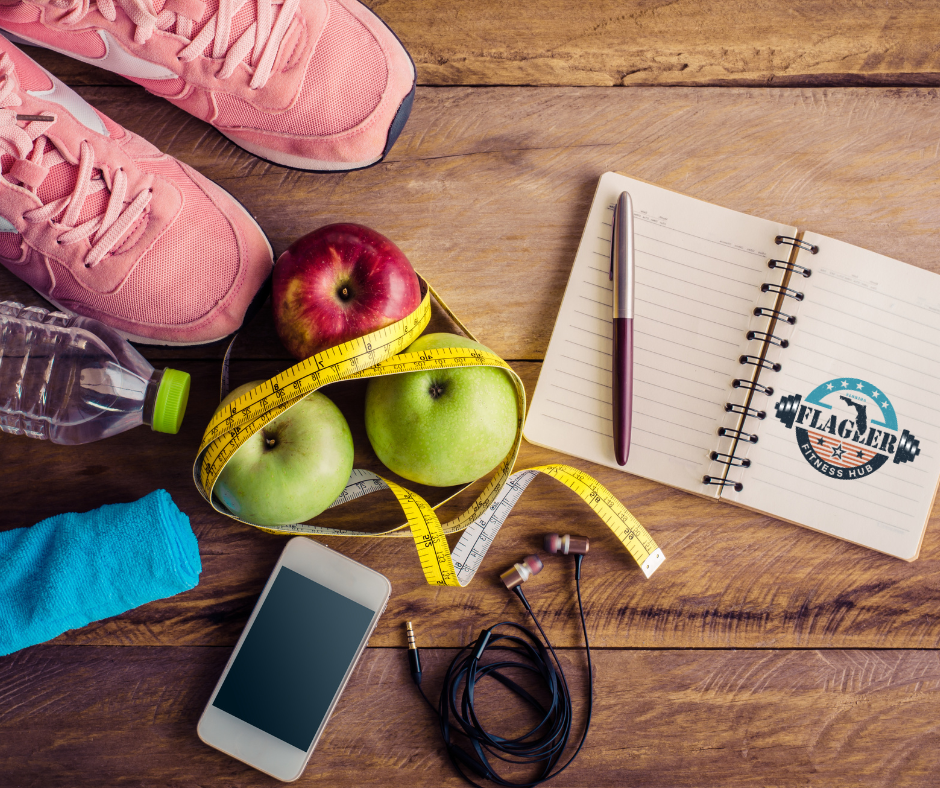
How to Perform a Push-up
How to Perform a Push-Up: Step-by-Step Guide
Understanding the biomechanics of movement is crucial for performing exercises correctly and safely. Here's a detailed step-by-step guide on how to do a push-up, incorporating biomechanical principles to ensure proper form and technique.
1) Starting Position
Set Up:
Hands Placement: Place your hands slightly wider than shoulder-width apart on the floor. Your fingers should be pointing forward.
Feet Position: Position your feet together or slightly apart, depending on what feels more stable for you.
Body Alignment: Your body should form a straight line from your head to your heels. This means your head, neck, back, and legs should be in alignment.
Engage Core: Tighten your abdominal muscles to maintain a straight line and prevent your hips from sagging.
2) Lowering Phase (Eccentric Contraction)
Lowering Your Body:
Control the Movement: Slowly bend your elbows to lower your body towards the floor. Keep your elbows at a 45-degree angle relative to your body.
Body Alignment: Maintain a straight line from head to heels throughout the movement. Avoid letting your hips sag or sticking your buttocks up in the air.
Depth: Lower yourself until your chest is just above the floor or your elbows are at a 90-degree angle.
Key Biomechanical Points:
Elbow Position: Ensure your elbows are not flaring out too wide. Keeping them at about a 45-degree angle helps protect your shoulders.
Scapular Movement: Allow your shoulder blades (scapulae) to retract (come together) as you lower your body.
3) Pushing Phase (Concentric Contraction)
Pushing Up:
Press Through Hands: Push through your palms to extend your elbows and lift your body back up to the starting position.
Body Alignment: Maintain the straight line from your head to heels as you push up. Engage your core to prevent your hips from sagging.
Finishing Position: Finish the movement with your arms fully extended but avoid locking your elbows.
Key Biomechanical Points:
Elbow Position: Keep your elbows at a 45-degree angle relative to your body to reduce shoulder strain.
Scapular Movement: As you push up, your shoulder blades should protract (move apart).
4) Breathing
Inhale: Take a breath in as you lower your body towards the floor.
Exhale: Breathe out as you push your body back up to the starting position.
5) Common Mistakes to Avoid
Sagging Hips: Ensure your hips do not drop towards the floor, which can strain your lower back.
Buttocks Too High: Avoid sticking your buttocks up in the air, which can reduce the effectiveness of the exercise.
Elbows Flaring Out: Keep your elbows at a 45-degree angle to protect your shoulders.
Partial Range of Motion: Lower your body until your chest is just above the floor to get the full benefit of the exercise.
6) Modifications and Variations
Knee Push-Ups: If a standard push-up is too challenging, perform the exercise with your knees on the floor to reduce the load on your upper body.
Elevated Push-Ups: Place your hands on an elevated surface like a bench or step to make the movement easier.
Wide-Grip Push-Ups: Place your hands wider apart to target the chest muscles more.
Close-Grip Push-Ups: Place your hands closer together to target the triceps more.
Practical Application Example
Scenario: You're learning how to perform a push-up correctly to improve your upper body strength.
Initial Practice: Start by performing knee push-ups to build strength and practice proper form. Focus on keeping your body aligned and engaging your core.
Progression: Once you can perform 10-15 knee push-ups with good form, progress to standard push-ups. Start with a few repetitions and gradually increase the number as your strength improves.
Regular Testing: Perform the push-up test periodically to track your progress in upper body endurance. Use the results to adjust your upper body workouts and set new goals.
Form Check: Use a mirror or ask a workout partner to check your form and ensure you're performing the push-up correctly.
By following these detailed instructions and understanding the biomechanics of a push-up, you can perform this exercise safely and effectively, enhancing your upper body strength and endurance.
This video demonstrates how to perform push-ups and knee push-ups.
